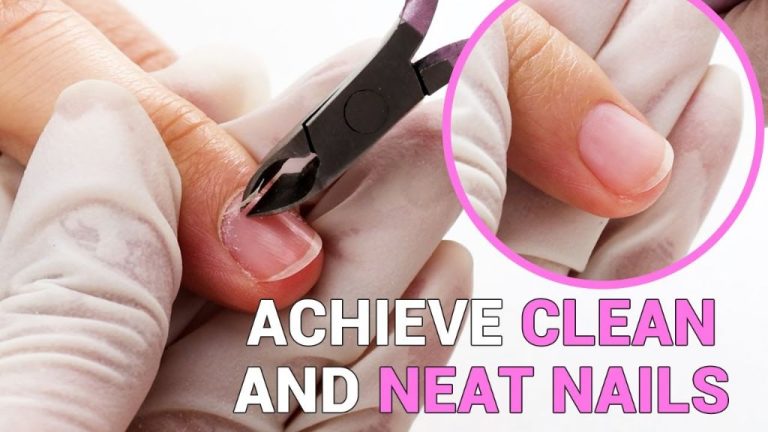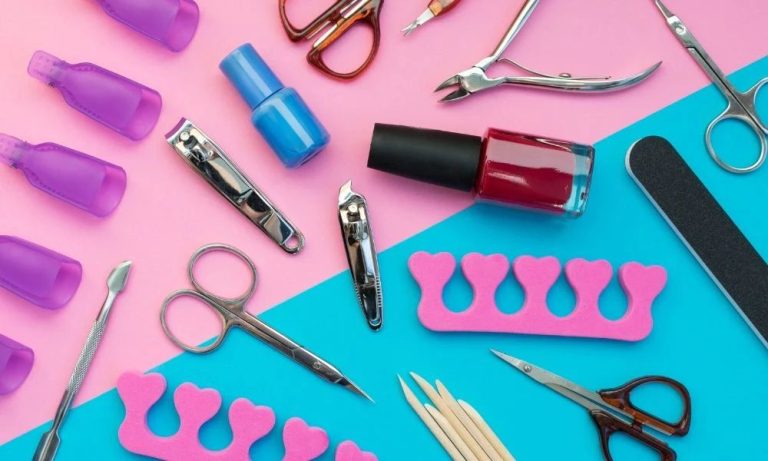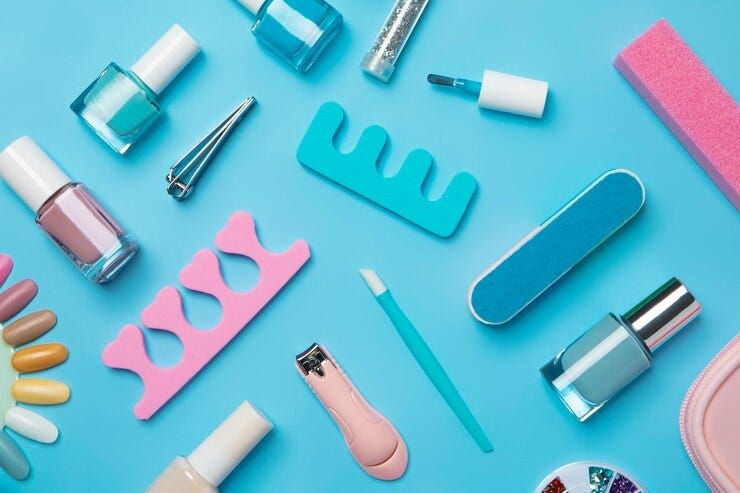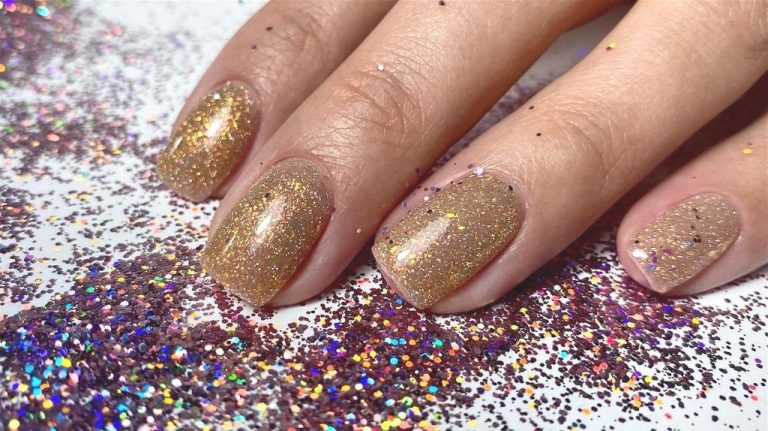The Ultimate Nail Tool Guide: Everything You Need To Know
Nail tools are an essential part of proper nail care and maintenance. Keeping nails trimmed, filed, buffed, and clean is important for aesthetic reasons as well as health and hygiene.
According to Wholesalla, nail tools allow you to properly groom nails and remove dirt and bacteria that can build up underneath and around the nails. Proper nail tools are important to prevent issues like hangnails, infections, and ingrown nails.
This guide will provide an overview of the most common nail tools, their uses and benefits. It will cover everything from basics like nail clippers and files to more specialized tools like cuticle nippers and nail buffers. With the right nail tools and techniques, you can keep your nails looking their best.
Nail Clippers
Nail clippers are an essential tool for trimming and shaping nails. There are several types of nail clippers designed for different nail types and clipping needs:
Lever-type nail clippers are the most common variety. They use a lever mechanism to amplify the force applied to trim the nail. The lever allows these clippers to cut through thick or tough nails with ease. Most lever clippers have a straight edge, but curved edge options are also available. According to https://nghianippersusa.com/blogs/nail-tools/types-of-nail-clippers, lever-type clippers provide the most control and precision for clipping nails.
Nipper clippers have two individual cutting jaws that you squeeze together to trim the nail. They provide detailed control but less power and can be more difficult to use on thick nails according to https://www.pinterest.com/pin/13-best-nail-clippers-for-precise-and-sharp-clipping-all-nail-types–437341813813065567/. Nipper clippers often have a small sharp-edged jaw for precision trimming.
Scissor clippers, as the name suggests, work like a pair of scissors trimming the nail between two blades. They provide a clean cut but usually don’t have as much power as lever clippers.
Other nail clipper varieties include guillotine clippers which slice the nail straight across and plier clippers which grasp and snip the nail between the jaws. There are also heavy-duty clippers designed specifically for thicker or ingrown nails.
When selecting nail clippers, consider your typical nail thickness, desired shaping capabilities, and need for precision versus power. Testing different clipper styles can help determine the best fit for your nails.
Nail Files
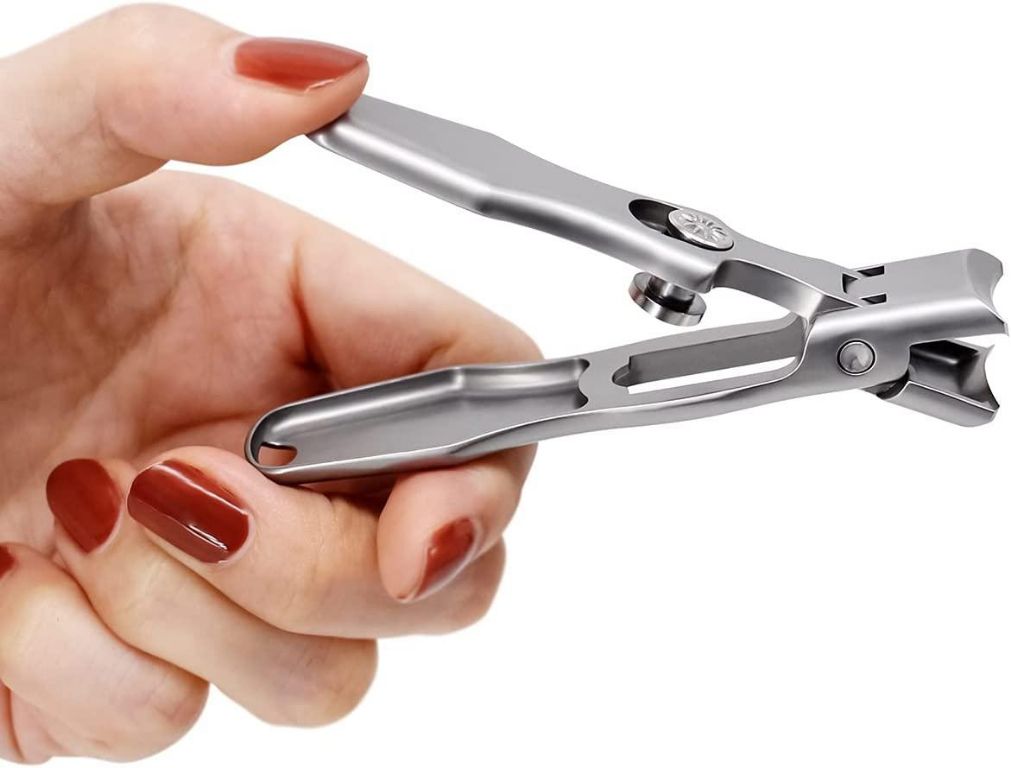
Nail files are an essential tool for shaping and smoothing the edges of natural nails. There are several types of nail files to choose from, each with their own features and uses:
Cardboard/Emery boards – These inexpensive, disposable files have a coarse grit surface glued onto cardboard. They are gentle enough for smoothing natural nails. The grit wears down with use.
Metal nail files – Made of stainless steel or other metals, these files have a coarse abrasive surface that taper from thick to thin. The coarse grit makes them ideal for shaping acrylic nails.
Glass files – Glass nail files have a fine grit surface that shapes nails without weakening them. They help prevent splitting and peeling. They last longer than emery boards.
The grit refers to the coarseness of the abrasive surface. Coarser grits like 100 are more abrasive while finer grits like 240 are smoother. Nail professionals recommend finer grits for natural nails. Coarse grits can damage them.
Choosing the right nail file helps create the perfect manicure. The different types are designed for different uses, so pick one suited for your nail care needs.
Cuticle Nippers
Cuticle nippers are a tool used to trim excess cuticle growth around the nail. According to this YouTube tutorial, proper technique is crucial when using cuticle nippers to avoid damage. Here are some tips for using them safely and effectively:
First, soak your nails in warm water to soften the cuticles and allow for easier trimming. Gently push back the cuticles with an orange stick prior to trimming. Sterilize the nippers with alcohol and ensure they are sharp – dull blades can crush the cuticle. Hold the nippers at a 45 degree angle against the cuticle and use short, snipping motions to remove only the excess dead cuticle. Avoid cutting into the live cuticle tissue.
As this NAILS Magazine article advises, use cuticle nippers sparingly and with caution. Only target loose, dried cuticle tissue and never cut into the nail folds or live cuticle. For cuticle maintenance, many experts actually recommend skipping nippers altogether and using a cuticle pusher along with cuticle oil or cream.
For beginners learning to use cuticle nippers at home, as explained in this Neighborgoods guide, go slowly and carefully. Sterilize the nippers before and after each use. Focus on only removing hangnails and dead cuticle tissue. Stop if you feel any pinching or pain. With practice, you can learn to safely incorporate cuticle nippers into your manicure routine.
Cuticle Pushers
A cuticle pusher is an essential nail tool used to gently push back the cuticle around the nail. Properly pushing back the cuticles provides several key benefits:
It helps shape and define the nails, creating a cleaner, more refined nail bed. Pushing back the cuticles gives the illusion of longer nails with a larger nail plate exposed. This creates an elegant, professional look (source).
Using a cuticle pusher correctly can prevent damage and injury to the nail bed and surrounding skin. Trying to cut or rip off cuticles can cause tearing, redness, and pain. A cuticle pusher gently lifts the cuticle away without harming the delicate nail area (source).
Pushing back the cuticles promotes healthier nails by preventing debris and bacteria from building up. It also allows moisturizers like cuticle oil to penetrate better. Keeping cuticles tidy helps strengthen nails and stimulate growth.
Cuticle pushers are easy to maintain – just clean with soap and water after each use. High-quality cuticle pushers made of glass or stainless steel will last a long time with proper care.
With regular use of a cuticle pusher, nails will look clean, healthy and beautiful. It’s one of the simplest ways to make hands look instantly more polished.
Nail Buffers
Nail buffers are essential tools for smoothing and shining the nails. Buffers come in different grit sizes indicated by numbers, similar to nail files. Knowing the right grit levels for each buffing need is important.
The coarser buffers with lower grit numbers like 100 or 180 are designed for shaping nails and removing length. Using a coarse buffer before gel polish helps the polish adhere better. For dry, peel-prone nails, a 100 grit buffer can remove the outer layers so gel and polish last longer.
Finer buffers in the 300-600 grit range are meant for final smoothing and creating shine. Using a 400 grit buffer before painting nails gives a smooth base for polish. A 600 grit ultra-fine buffer can give an amazing polished gleam to natural nails or finished manicures.
It’s best to use a two-step buffing method – coarser and finer grits. Always buff gently in one direction avoiding sawing back and forth to prevent nail damage. Proper grit selection, gentle technique, and not overbuffing helps keep nails healthy.
Nail Brushes
Nail brushes are an essential tool for cleaning underneath and around the nails. They come with different types of bristles depending on the use case.
For cleaning natural nails, look for brushes made with soft natural bristles like boar hair. These gently scrub away dirt and debris without damaging the nail bed. According to Memotherearthbrand.com, some eco-friendly options use sisal plant fibers for the bristles and wood for the handle to avoid plastic waste.
Acrylic nail brushes need sturdier bristles to scrub away nail product and glue. Dashboardbeauty.com recommends looking for brushes made with nylon, polyester, or a blend of natural and synthetic bristles. Avoid brushes promoted as “acrylic” or “salon” brushes, as these may still be too soft.
No matter the bristle type, look for brushes with trimmed bristles for easier maneuverability under the nails. Tweezerman.com offers a dual-sided option with both soft and firm bristles.
Cuticle Oil
Cuticle oil is an important nail care product that provides many benefits for the health of your nails and cuticles. Some key benefits of using cuticle oil include:
Promotes nail growth – Applying cuticle oil can increase circulation around the nails, which stimulates growth (source). The moisturizing properties help prevent nail breakage as well.
Softens cuticles – The oil hydrates and softens dry, cracked cuticles to prevent hangnails and other damage.
Locks in moisture – Cuticle oil seals in moisture and prevents water loss from the nails and cuticles.
Prevents infections – Using cuticle oil creates a protective barrier that prevents bacteria, fungi, and other microbes from infecting the nail bed.
Reduces cuticle peeling – Daily application keeps cuticles supple and less likely to peel or tear.
Enhances manicure – Applying oil before a manicure allows for gentler cuticle pushing and smoother application of nail polish.
Cuticle oil is typically formulated with moisturizing oils like jojoba, vitamin E, and coconut oil. When applied daily, it offers numerous benefits for healthy, growing nails and cuticles.
Nail Dryers
Nail dryers are devices used to quickly dry and cure nail polish. There are three main types of nail dryers:
LED dryers – These use LED lamps to emit UV and visible light wavelengths that cure gel and regular nail polish. LED dryers tend to be more affordable and energy efficient than UV dryers. According to Best Advisor, LED lamps are ideal for curing both gel polish and regular nail polish.
UV lamp dryers – UV dryers use ultraviolet light to cure nail polish. They work well for gel manicures and are common at nail salons, but regular polish doesn’t cure under UV light. As Steptohealth notes, UV lamps only work for gel polish.
Smart nail lamps – Smart lamps combine LED and UV technology to dry all types of manicures. As US Magazine mentions, the latest nail dryers have both UV and LED capabilities to cure gel, dip, and traditional nail polish.
Conclusion
To summarize, the most essential nail tools that every nail care enthusiast should have are nail clippers, nail files, cuticle nippers, cuticle pushers, nail buffers, nail brushes, cuticle oil, and nail dryers.
Nail clippers are crucial for trimming nails to the desired length and shape. Get a sturdy, sharp pair made of high-quality stainless steel for clean, precise cuts (Kayli Boyle’s Amazon Page).
An assortment of nail files, including fine grit for smoothing edges and coarser grits for shaping, allows you to expertly shape your nails. Look for crystal or glass files that won’t damage nails (Essential Nail Tools That Make Cuticle Care a Breeze – Shape).
Cuticle nippers and pushers keep cuticles tidy and prevent hangnails. Seek out angled nippers for precision and a double-ended pusher for maneuverability around the nails (Essential Nail Tools).
Buffing nails before polish leaves a smooth, clean canvas, while a stiff-bristled nail brush exfoliates and stimulates circulation. Choose a multi-sided buffer and a brush with natural bristles (Essential Nail Tools That Make Cuticle Care a Breeze – Shape).
Hydrating cuticle oil keeps cuticles soft and healthy. Pick an oil with moisturizing ingredients like vitamin E and jojoba (Kayli Boyle’s Amazon Page).
Finally, nail dryers allow you to cure polish quickly without smudges. Look for an LED or UV lamp for fast, easy drying (Essential Nail Tools).
With this essential kit, you’ll have the tools needed for beautiful, professional-looking nails at home.
